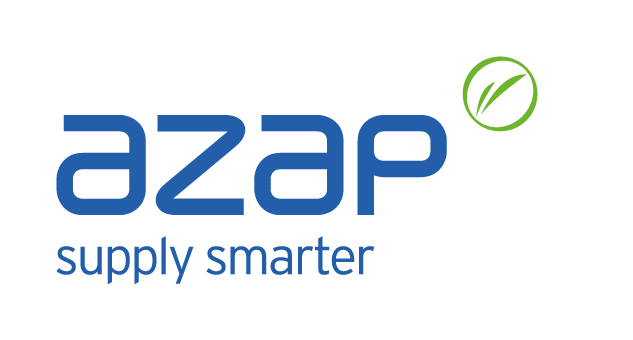Very often histories – provided they are long enough – carry very well the information that one seeks to model and project into the future. For example, the seasonality of a product (ice cream, soup, etc.) emerges from history. The weather plays an obvious role but very often at the margin in relation to the decisions to be made. In this case, we remain in a classic approach because we have the history. In cases where the history does not exist (new products) or is too short, we need additional explanations, exogenous information because the analysis of the time series of sales (or demand) is not sufficient. . We must therefore flesh out the approach with advanced algorithms using AI.
Exogenous data: how AZAP integrates them?
AZAP’s algorithms integrate this exogenous data in two complementary forms:
- Basic data, for example temperature as a weather indicator, website traffic for e-commerce sales, incidence rate for epidemics, indicators specific to each business (we think for example of the automobile or to the building).
- event data characterizing each event, such as:
- a date range, the products concerned, the distribution network or the associated customer scope
- but also the type of event (example: free products or giraffe, price promotion or 3 for 2 purchased …, action of a blogger to highlight a product, highlight in a catalog, supplier break …)
- Depending on the type of event, additional information is expected: the price variation, the size of the photos in the catalog or the leaflet, the existence of a sales incentive. In the pharmaceutical industry, for the flu for example, we are interested in indicators of trends in the epidemic (some specialized sites providing this information).
Exogenous data: an example to help understand the difference between traditional techniques and the use of this type of information
In the case of an influenza vaccine: the time series of sales is completely seasonal, AZAP determines the average seasonality based on the histories of recent years and gives the range of uncertainty: strong year – weak year. This is perfect for setting the medium term, planning the production and purchases of active ingredients.
For the short term, this is not enough: when does the epidemic really start? How big is the epidemic this year? In this case, AZAP exploits exogenous information which gives the incidence rate every week … and makes it possible to adjust the short-term forecast.
It should be noted that this “exogenous” information are:
- Either internal to the company and therefore rather easy to obtain and reliable (the price for example, the traffic on the commercial site …).
- Either external and therefore often more difficult to obtain even if certain information is completely public and / or available on the net. In this case, AZAP collects them directly from the sites concerned.
A question ? A project ? Do not hesitate to contact us here

